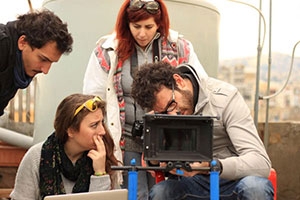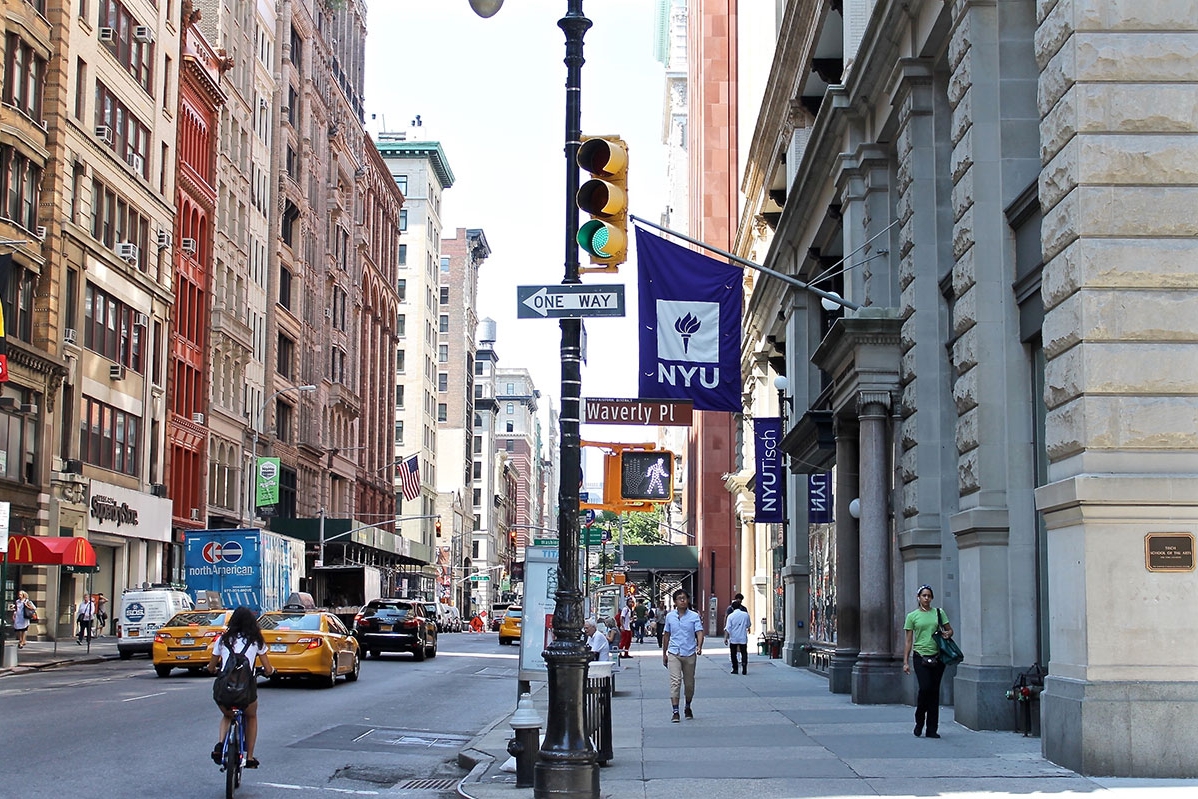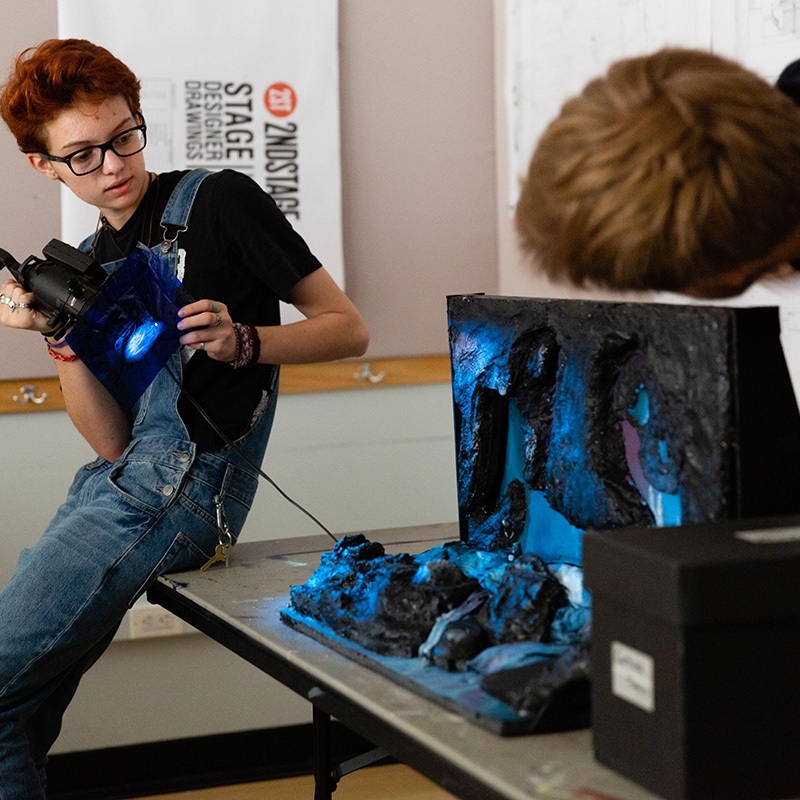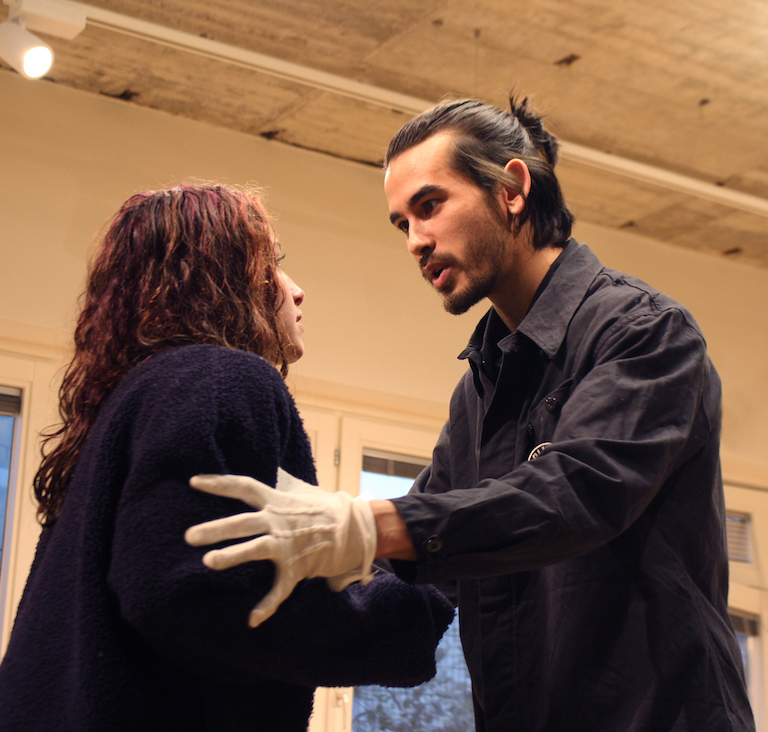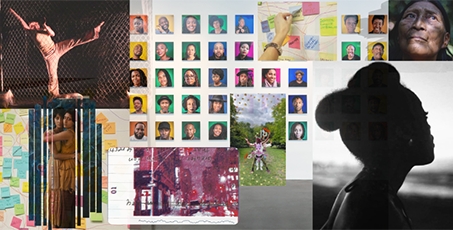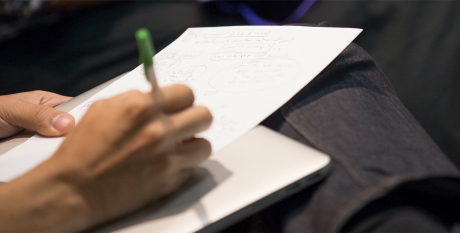Assemble and present a 5-minute sample of your best creative work.
This could include any work you have done that demonstrates your interest and experience in music (music, business, journalism, social entrepreneurship, etc.). Please note that this creative sample helps us to determine if you are a fit for the creative and curricular aims of the Institute and NYU. Your sample should not exceed 5 minutes. Your presentation should provide insight into who you are, what you do, what interests you, and what makes you unique as an applicant to CDI. You have 5-minutes of our attention, so use this time carefully. We are looking for a sense of personal consistency and cohesion within the samples. Your submission may consist of one unified sample of your work, or multiple works that add up to a maximum of 5-minutes. Your creative sample could include (but is not limited to) audio, video, articles you’ve written or published, a business plan you’ve developed, designs for a home studio, flyers or promotional materials you’ve designed, evidence of live event production, evidence of experience with new media or entrepreneurship in the virtual space, films you’ve scored, clothing you have designed, etc. For video presentations, you may speak to the camera, narrate, and/or use screen text to provide context, or convey facts and details related to the work you are presenting. It’s a creative sample, so be creative!
5 minutes maximum length
Some Helpful Tips For Applicants:
Your creative sample should align with the skills you’ve described in your application. For example, if you are an aspiring songwriter, your sample should highlight your songwriting rather than being a series of clips of you performing other people’s songs. If you are an aspiring music executive, performance is less important than giving us a glimpse into shows you’ve promoted, bands you’ve managed, events you have organized, etc.
You must be the primary contributor to, or creator of the work you present. Collaborative work is permitted, but your creative sample must show clear evidence of your contributions. For performers, if you’re applying with heavily produced songs that feature your voice, we'd also appreciate hearing your voice without heavy production elements. This may be as simple as you sitting in front of your computer camera and performing for 30-90 seconds.
Aim to balance breadth and depth. How much of your work should you include in your creative sample? Attempt to strike a balance. Use your best judgment in selecting works and decide how much of each to showcase in order to give us the best and clearest overview of your talents. For example; if you submit multiple songs, performances, etc., make the samples long enough for us to assess their quality, while doing your best to keep your presentation focused and coherent. If you submit a unified sample, please ensure that it demonstrates the breadth of your abilities/skills.
Show your entrepreneurial potential. Are you a self-starter? Have you pursued opportunities to bring your talent, and voice to the outside world? If you are a performer, for example, where have you performed? If you are a producer or songwriter, have you done anything with those songs once completed? Did you start a school newspaper, community organization, etc.
Are you skilled in areas of technology and/or digital media? You may include details and insight regarding your experience, expertise, and relationship to technology.
Avoid common cliches in your creative sample, such as footage of your music or dance recital when you were a child or performing as a toddler; general declarations about music being a crucial part of your life — we already know that. Focus instead on showing us what is unique about you, and who you are in the present.
Do not use previous student samples you may find on social media as a definitive guideline, as our requirements change from year to year.
